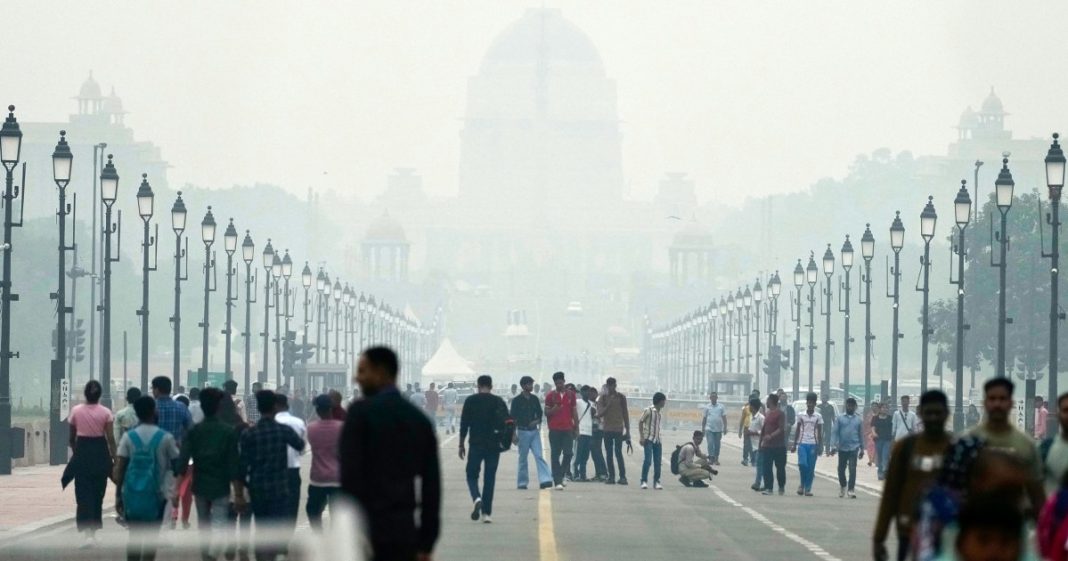Key Takeaways
- India conducted cloud-seeding trials over Delhi to combat severe smog
- The experimental method aims to trigger artificial rainfall and wash away pollutants
- Experts question the effectiveness, calling for stronger emission control measures instead
Indian authorities launched a cloud-seeding experiment over New Delhi on Tuesday, attempting to clear the city’s toxic air pollution through artificial rainfall. The controversial weather modification technique comes as Delhi’s air quality remains in the “very poor” category, sparking public anger over the persistent smog crisis.
Cloud Seeding Operation Details
Aircraft sprayed chemicals into clouds above parts of the Indian capital to encourage rainfall that could wash pollutants from the air. Delhi Minister Manjinder Singh Sirsa confirmed the trial was conducted in collaboration with IIT Kanpur, with more experiments planned in coming days. Authorities expected brief rainfall in some city areas within hours of the operation.
Cloud seeding involves releasing substances into clouds to trigger precipitation – a method previously used in drought-prone regions like the western US and UAE. However, scientific consensus on its effectiveness remains uncertain.
Delhi’s Pollution Crisis
New Delhi and surrounding regions, home to over 30 million people, consistently rank among the world’s most polluted areas. India contains six of the ten most polluted cities globally, with Delhi being the most polluted capital according to IQAir’s recent report.
Winter pollution worsens annually due to agricultural burning in neighboring states, where crop residue fires combine with vehicle emissions and industrial pollution. Cooler temperatures trap this toxic mix, creating dangerous smog that often exceeds WHO safety limits by 20 times.
Current Measures and Expert Criticism
Authorities have implemented several temporary solutions including construction bans, diesel generator restrictions, and anti-smog guns. However, critics argue these measures only address symptoms rather than root causes.
Professor Krishna Achuta Rao from IIT Delhi’s atmospheric sciences center stated: “Cloud seeding is not really a cure (for pollution). The main purpose appears to be to show people that something is being done.”
He explained that cloud seeding provides only temporary relief, dissipating pollution for mere days before air quality reverts to previous dangerous levels. Instead, Rao emphasized that implementing strong emission control laws targeting industries, vehicles, and construction remains the only sustainable solution for India’s air quality crisis.





